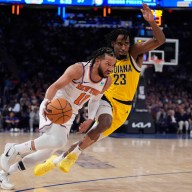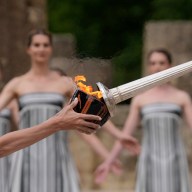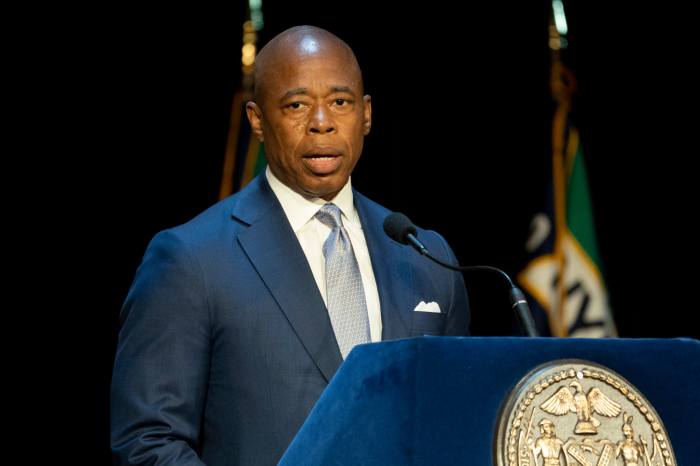Comics have come a long way since I was a kid. I certainly don’t remember any Jewish, lesbian superheroes in them, for example. Yes, DC Comics has just announced that Batman will be taking a backseat this summer and handing the Detective Comics series over to Batwoman. They are planning 12 issues featuring the openly gay superhero starting in June.
I guess when Bob Knight, the director of The Culture and Family Institute, a right-wing religious group in the U.S., complained that kids are exposed to porn through comics because they are “chock-full of nudity, homosexuality, violence, and demonic portrayals” he was right about the homosexuality part. But he said this like it’s a bad thing.
Frankly, I think exposing young comic book fans to a strong, lesbian character would induce these mostly young boys (and maybe a few young girls too) to think that well, apparently some Jewish lesbians can really kick butt in a cape.
As for the demonic portrayals, personally, I grew up reading Archie comics, and granted, while Reggie could be pretty mean, demonic might be stretching it.
I also wouldn’t go so far as to equate comics with porn, but I do agree that there is certainly something undeniably sexy about superheroes. They fight for justice while wearing tight, revealing outfits over their taut, fit bodies. They maintain an air of mystery by wearing masks or hoods. And while their strong, dominant side makes them, er, superheroic, they usually have a vulnerable side that makes them human and sweet. It’s that perfect combination of strength and vulnerability we all seek in an ideal partner.
Knight fears that comic books induce young boys to sexual violence because, rather than being taught to respect women and be protective of them, they see them as “targets, both for sexual conquest and as combatants.”
Again, not so sure. Modern-day superheroes have been around since Superman made his debut in 1938. Phantom Lady and Black Cat, the first female superheroes, showed up in 1941, followed just a few months later by the most famous female superhero, Wonder Woman. And who didn’t respect Wonder Woman and her ability to elicit the truth from evil men with the flick of a lasso?
In fact, while they may be overly curvy and their clothes a little tight, one could argue that female superheroes are some of the few take-charge women young men are exposed to in popular culture. And if they see that some of these take-charge women are Jewish and lesbian, I say, “Holy way to push the envelope, Batwoman.”
– Josey Vogels is a sex and relationship columnist and author of five books on the subjects. For more info, visit joseyvogels.com.
















